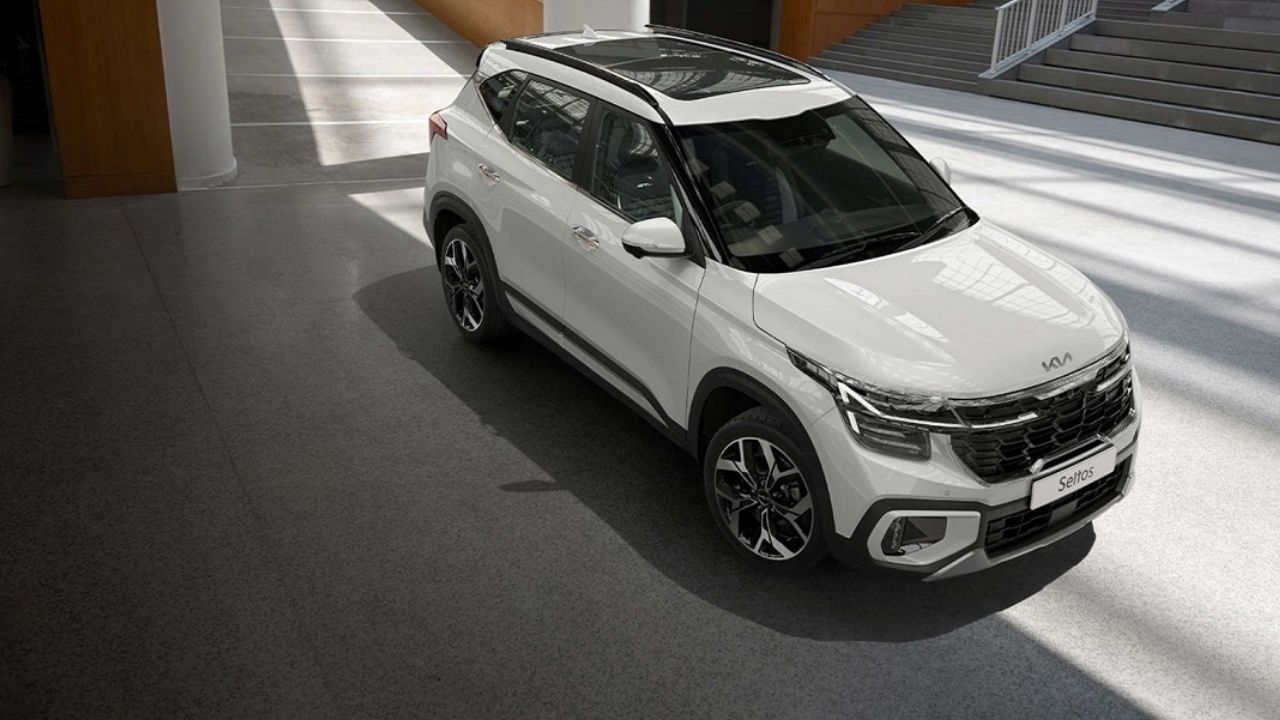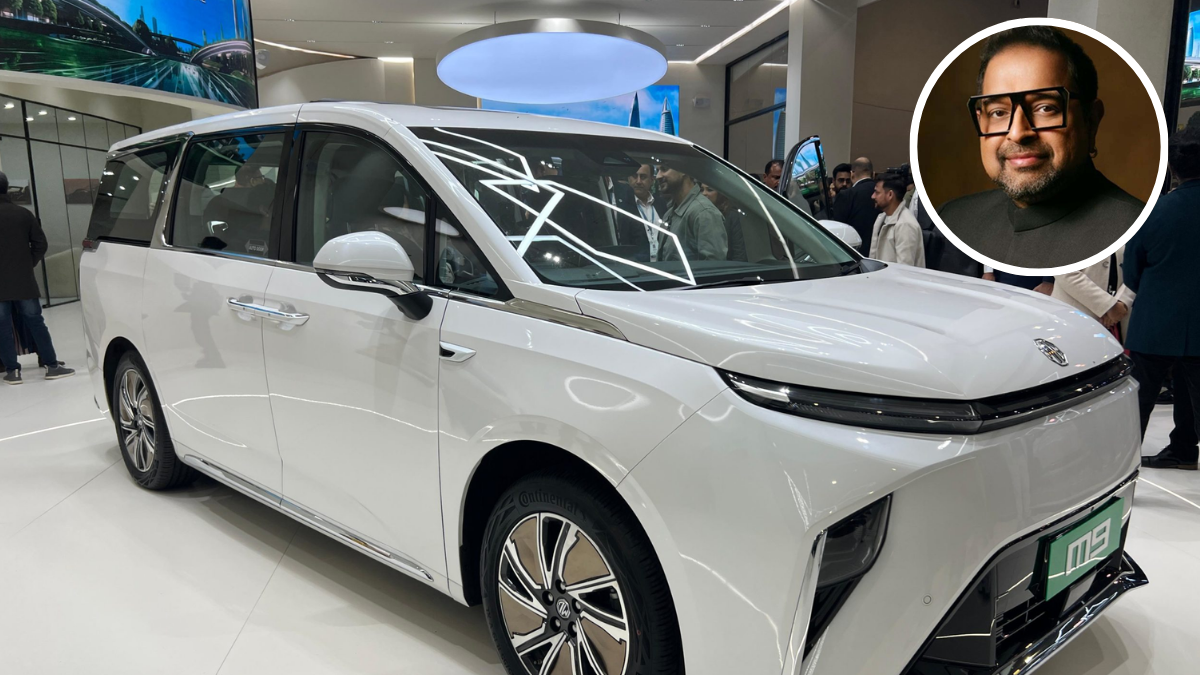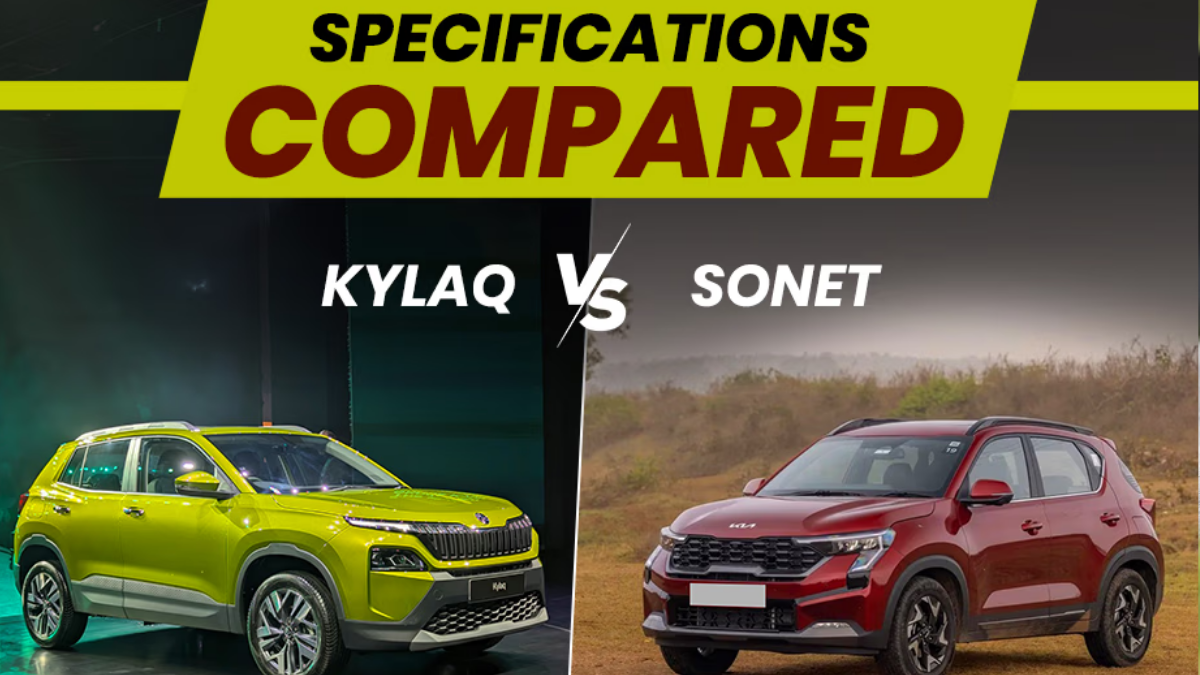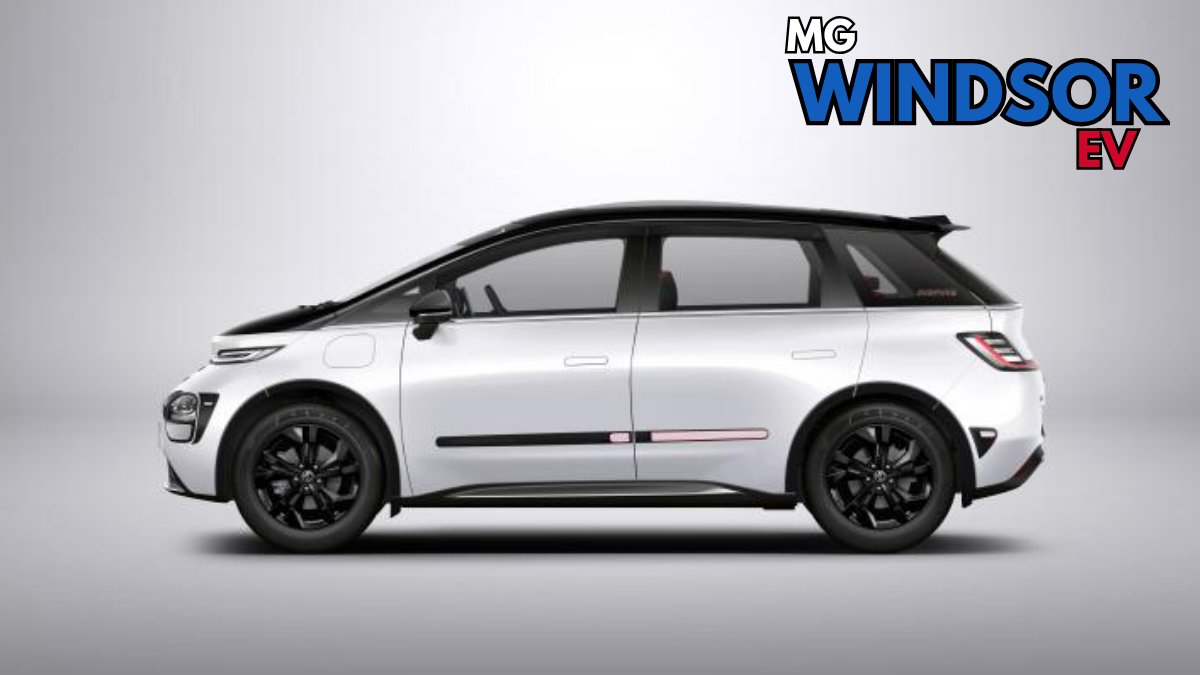India’s electric vehicle story is entering a decisive phase in 2025. With rising fuel costs, expanding charging infrastructure, and stronger product pipelines, mainstream buyers are finally getting credible EV choices across budgets and segments. Automakers are lining up compact crossovers, family sized SUVs, and wallet friendly city runabouts that promise longer range, improved safety, and lower running costs. This detailed rewrite brings all the key information together so you can see what is coming, what to expect on features and range, and how to plan your purchase.
Why 2025 Matters For Indian EVs
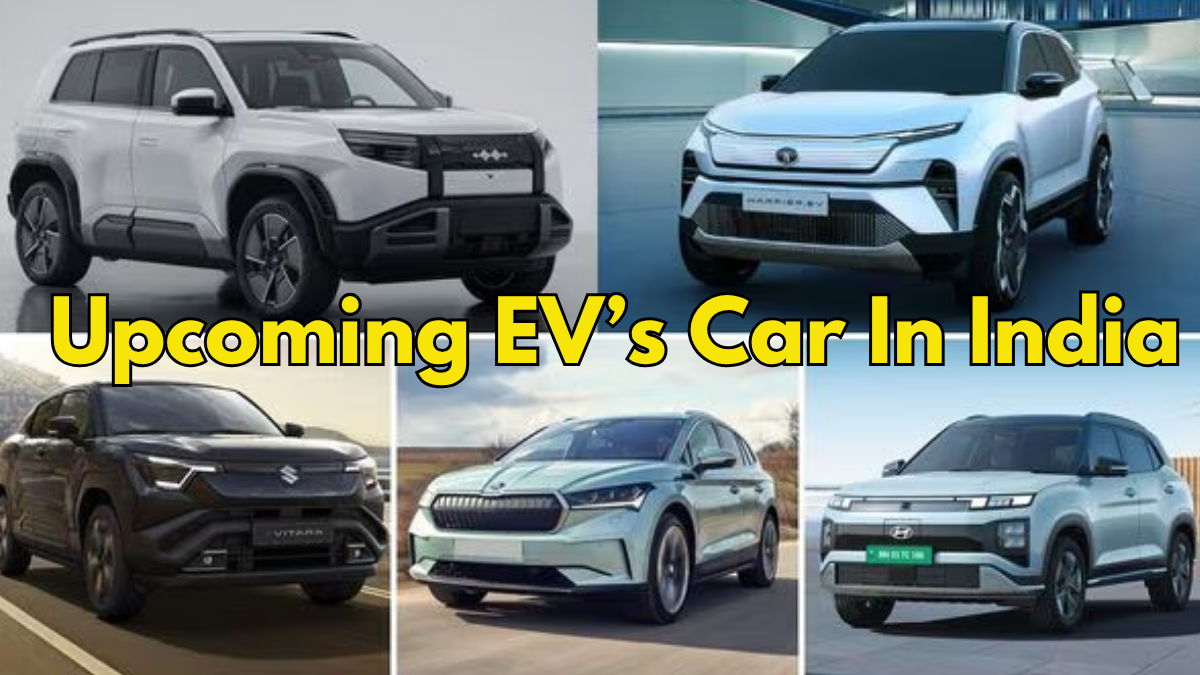
Three forces are converging. First, battery pack costs are easing and localized sourcing is improving availability. Second, public and semi private charging networks are spreading beyond metro cores into highways and tier 2 cities. Third, automakers are packaging EV tech inside familiar crossover shapes that Indian buyers already trust. The result is a lineup that feels less experimental and more everyday useful. Expect longer claimed ranges, faster top up times on compatible chargers, and better cabin refinement for highway work.
Quick Summary
Item |
Details |
|---|---|
Timeline |
Major launches through calendar year 2025 with spillover into early 2026 |
Headliners |
Tata Curvv EV, Tata Harrier EV, Mahindra BE.05, Mahindra eXUV.e8, Maruti eVX, Hyundai Creta EV, budget EVs from MG and Citroën |
What To Expect |
Bigger batteries, faster DC charging, enhanced safety, connected features, ADAS on select trims |
Target Buyers |
First time EV adopters, urban commuters, families upgrading from hatchbacks and compact SUVs |
Market Impact |
Wider price bands and stronger value will accelerate EV acceptance beyond early adopters |
Official Site |
The Headline Launches To Watch
Tata Curvv EV
Tata has momentum from the Nexon EV and Tiago EV and will leverage it with the Curvv EV. Think coupe styled crossover proportions for a sportier stance combined with a practical back seat and boot. Anticipate a battery that targets real world urban range confidence with the flexibility for weekend highway runs. Features likely to headline include a panoramic glass roof on higher trims, a twin screen cockpit, connected telematics, and multiple drive modes for efficiency or punch. Tata typically offers both single motor and long range oriented configurations, so expect a smart spread of variants.
Tata Harrier EV
The Harrier EV aims at families that need a larger footprint, generous second row comfort, and a planted highway feel. Expect a bigger battery than Curvv, stronger motorway stability, and improved insulation for quiet cruising. Safety upgrades such as a reinforced structure and a wider ADAS suite are likely on top trims. If Tata takes a dual motor route on select variants, it will broaden traction and performance while keeping the brand’s value pitch intact.
Mahindra BE.05
Mahindra’s Born Electric family brings bold exterior design with aerodynamically efficient surfaces and a tech centric cabin. The BE.05 is expected to be the style hero of the range. Look for a minimalist dashboard, a multi screen layout, and robust over the air software support. Battery choices should bracket city friendly range and intercity confidence, while fast charging capability will be tuned for 30 minute coffee stop top ups on compatible 60 to 150 kW chargers.
Mahindra eXUV.e8
Positioned as a family sized EV SUV, the eXUV.e8 will focus on space, comfort, and usable features rather than headline chasing performance. Expect a mature ride tune for Indian roads, a clean UI for the screens, and the convenience of a heat pump for range stability across seasons. As Mahindra scales its EV parts ecosystem, serviceability and running cost predictability will be key advantages.
Maruti eVX
Maruti’s first mainstream electric SUV is expected to chase mass adoption through accessible pricing, practical range targets, and high reliability. Expect an interior that is simple to use, light on gimmicks, and heavy on everyday conveniences. Maruti’s dealer reach and aftersales discipline will help first time EV buyers feel at ease about maintenance, software updates, and part availability. Claimed range targets are expected to be competitive enough for weekly commutes plus occasional highway trips.
Hyundai Creta EV
Hyundai will look to transplant the familiar Creta strengths into an EV silhouette. Anticipate a balanced chassis, well appointed cabin, and a tech stack that includes a twin screen cockpit, ventilated seats, and advanced connected features. Hyundai typically packages safety generously, so six airbags and a comprehensive electronic stability program should be expected, with ADAS on higher trims.
Budget EVs From MG And Citroën
The most important push for mass adoption will come from the value end. MG and Citroën are working on wallet friendly EVs that aim to sit near the ten lakh starting band for base variants. Expect compact footprints designed for city life, modest batteries sized for daily commutes, and strong emphasis on low running costs. These models will bring EVs to first time buyers who primarily need reliable urban mobility with occasional short highway hops.
What New Buyers Should Look For
- Battery capacity and usable range
Check the usable kWh figure and WLTP or ARAI range. Consider your daily distance and weekend plans to select the right pack. - DC fast charging speed and curve
Peak charging rate in kW is only half the story. Ask for the 10 to 80 percent time and whether the car sustains higher speeds beyond the initial surge. - Thermal management
A liquid cooled battery with a heat pump on higher trims improves efficiency in heat and cold, stabilizing range. - Safety and structure
Look for six airbags, ESC, and crash test performance. ADAS can help reduce fatigue on long drives if tuned well for Indian conditions. - Total cost of ownership
Consider home charger cost, public charging tariffs, scheduled service, insurance, and expected resale value.
Charging And Ownership Experience
For most urban users, a 7 kW AC wallbox at home or office will cover weekly needs. Public DC fast charging is handy for intercity travel. New owners should plan charging habits around their routine rather than chasing full charges daily. Keeping between 20 and 80 percent for regular use is a practical approach. Apps from automakers and third party networks now show real time charger status and pricing which makes route planning easier.
Market Impact In 2025
With at least half a dozen credible products arriving across budgets, EVs are crossing from early adopter novelty into mainstream consideration. Competition will push features down the price ladder and raise baseline safety. Expect improved financing, longer battery warranties, and bundled service packs that make ownership simpler. As charging networks spread along key corridors, weekend road trips in compact EVs will feel less like experiments and more like normal life.
Frequently Asked Questions
Q1. Which are the most anticipated EVs in 2025
A. Tata Curvv EV, Tata Harrier EV, Mahindra BE.05, Mahindra eXUV.e8, Maruti eVX, Hyundai Creta EV, and budget focused EVs from MG and Citroën.
Q2. What real world range should a city focused buyer target
A. For urban duty with occasional ring road trips, a usable range near 250 to 350 km is typically comfortable. Intercity users should target higher.
Q3. Do I need a home charger to own an EV
A. It is strongly recommended for convenience and lower cost per km. A standard 7 kW AC wallbox suits most apartments and homes that can support it.
Q4. Will these EVs support fast charging on highways
A. Most upcoming models are expected to support DC fast charging. Always confirm peak kW support and 10 to 80 percent times before booking.
Q5. How do EVs compare on maintenance
A. EVs usually have fewer moving parts and lower routine service costs. Tyres, brake fluid, cabin filters, and coolant checks remain.
Q6. What about resale value
A. Resale depends on battery health, warranty balance, brand strength, and software support. Wider adoption in 2025 should improve residuals.
Q7. Are ADAS features useful in India
A. When tuned for local roads, adaptive cruise and lane functions can reduce fatigue on expressways. Always treat them as assists and stay engaged.
Q8. Where can I find official guidance on EVs
A. Refer to the Government of India’s EV information portal listed below for policy, incentives, and charging resources.
Official Site
- Government of India EV Information Portal: https://e-amrit.niti.gov.in
For More Information Click Here
